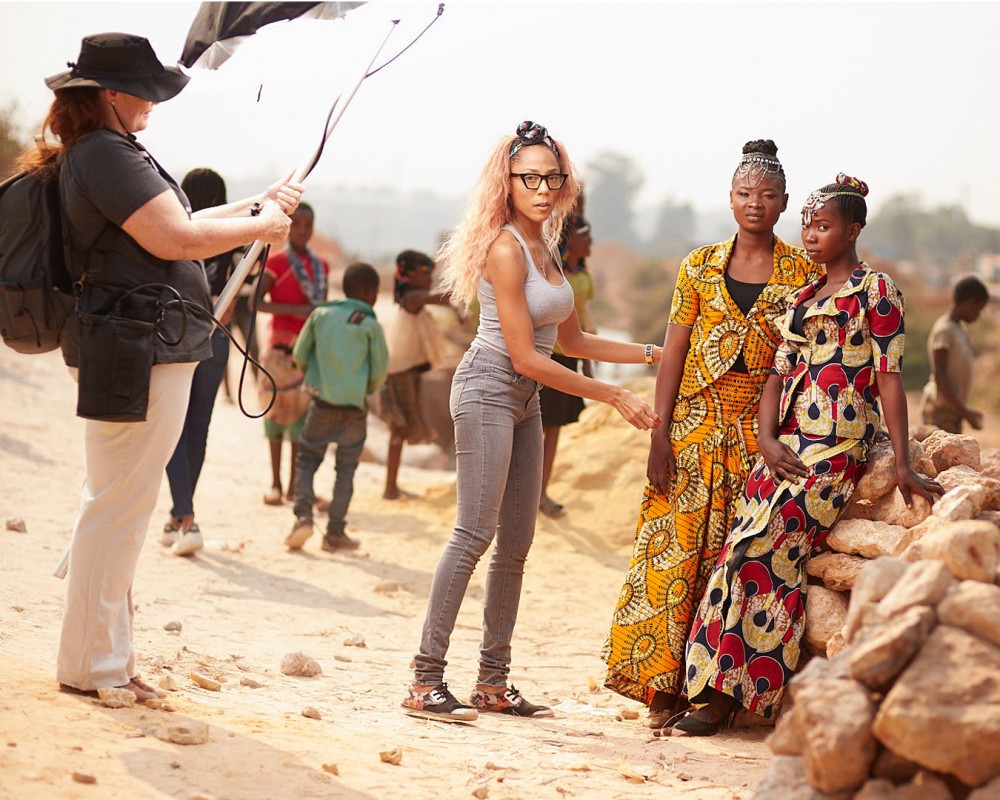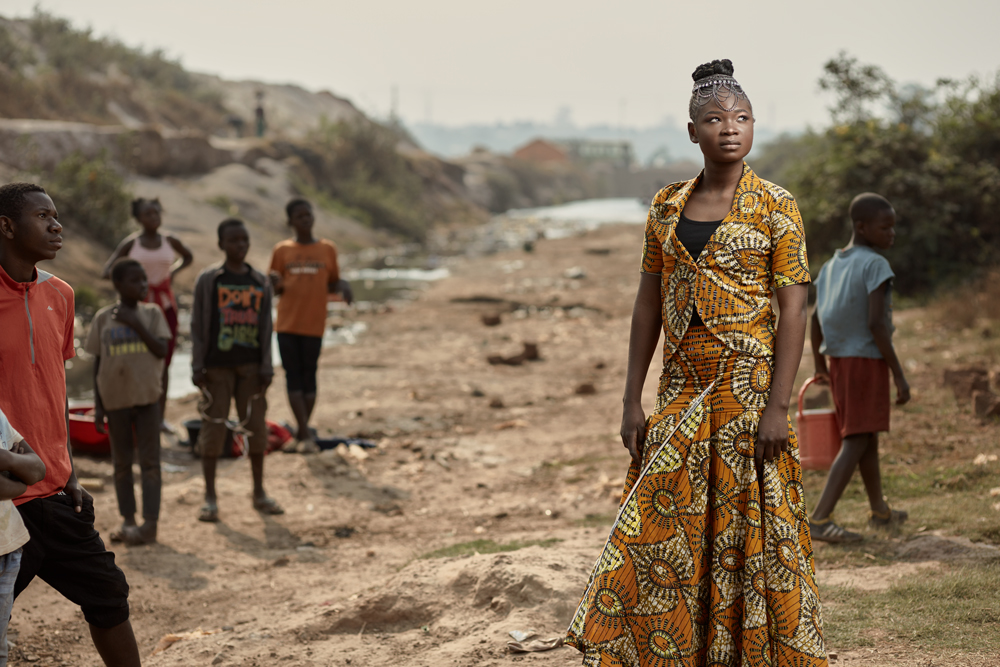
Nicolette in the Mine ©Barry Harley
It's not uncommon for Congolese women, forced to drop out of school to support their large families, to work in cobalt mines where they risk being raped or becoming ill. They become trapped by their work in the mines as their only means of survival. Virginia photographer Barry Harley (APA DC) traveled to the Republic of Congo in 2018 as a participant with HEAR Congo – an innovative program that teaches women and young people entrepreneurial skills to survive in the twenty-first century. HEAR Congo provides an escape from mining's hard labor – some of the women become seamstresses and business owners. In turn, they help educate and mentor other women of the mines.
Harley's work came to my attention as a portrait winner of the 2020 APA Awards. His stunning award-winning photograph Nicolette in the Mine pictures a confident young woman stylishly dressed and holding herself with the dignity and power of a New York fashion model amid the barren landscape of mine-working children. I had to know more about Harley's project and his experience in the Congo.
How did you become involved with HEAR Congo (the organization focused on empowering Congolese women) and begin the “Out of the Mines” project?
BH: A friend, writer Laura Cewinski was involved with Hear Congo. She overheard a conversation the president of Hear Congo was having about an immersion trip there, and she told her that they had to take me on their next trip to the Congo, and that's how I became involved.
Can you discuss how you located your subjects? Did they discuss they talk about their experiences of cobalt mining? Did you spend time getting to know the women before you picked up the camera?
BH: Hear Congo located two to three candidates that were in the program. Hear congo interviewed the women before I meet them. During the interview with the NGO, they revealed the experiences they had in the mines. On the ground, I didn't have much time to spend with them. We only had a short amount of time, a couple of days on the first trip, on the second trip, we were able to spend more time with the women.
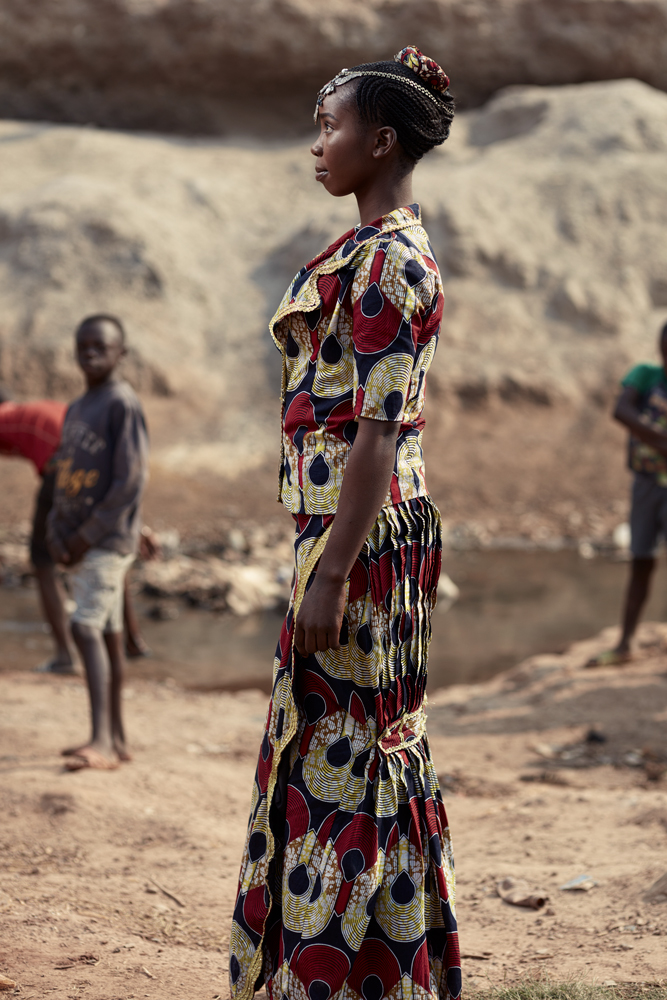
©Barry Harley
In an interview with CBS Miami, you stated, “Just to be plain, the Congo will make you cry, but it also will make you happy” Can you elaborate on this statement?
BH: Congo will make you cry because of the situation of the people that live there, and then the scale of poverty and the scale of injustice is just mind-blowing. But the fantastic things are the people and their attitude. They are very hungry for knowledge and are willing to accept knowledge to make their lives different.
In some of the images, the women are pictured within their natural landscape – including children as bystanders. In other portraits, the women are seated or standing in front of a backdrop giving the image a more traditional appearance. Can you discuss why you decided to include these two diverse shooting methods? Did you see the natural landscape as essential to create a sense of setting?
BH: In one setup, we wanted to isolate the girls with the backdrop, so you had a deeper insight into the girls, and then we tried to portray them not as in the state of that deplorable mine but that they have now left the mine and are now empowered. It was essential to show where they were coming from in a dignified way, in those mines, and having that natural environment for a sense of context, sense of place, and meaning.

©Barry Harley
Can you elaborate on the “Out of the Mines” exhibition in 2019 in Miami? I understand the reception included two of the graduates of the HEAR Congo program who modeled some of the clothing they designed and sewed?
BH: The "Out of the Mines" exhibition was also the brainchild of Laura Cewinski, my friend who originally introduced me to Hear Congo. The reception showcased the images from that assignment and some of the clothes that the graduates had created. We couldn't get the girls here for the exhibition, but we wanted to show some of the clothing they had made. Part of the exhibition was to showcase these girls' issues in the mines and show what Hear Congo was doing to change certain mining industry habits and offer other options than mining. These photographs showed the strength, beauty, courage, and tenacity of these young women.
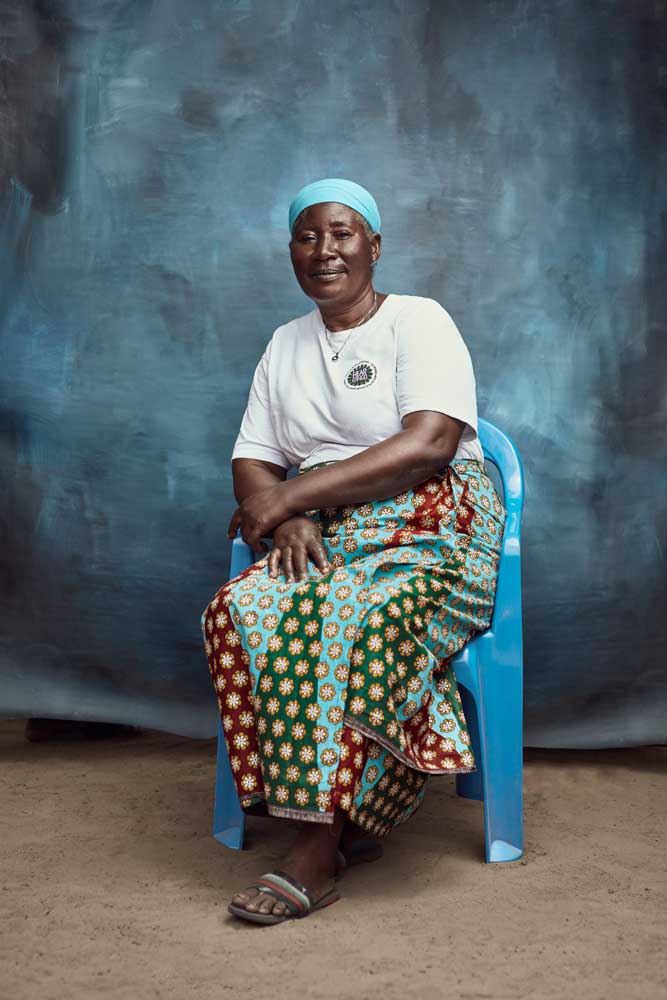
©Barry Harley
Is this an ongoing project? What have you learned from the experience of meeting these people and photographing in the Congo?
BH: Yes, this is an ongoing project, we're supposed to go back in February, but because of COVID, we couldn't. We want to go back and Chronicle their lives as it changes. We've seen multiple of the graduates from this program open their shops and are sewing clothes for the community. The next stop would have been in Washington DC. We did manage to have another exhibition in Lubumbashi DRC.
Do you have one particular subject that stood out for you? One particular exchange that you will never forget?
BH: I think Nicolette from me was one of the very touching subjects. She did not allow her negative experiences to rob her of her zest for life. Nicolette is now like family to us. When we saw her the following year, she recognized us, and she was so happy to see us. For me, Nicolette was one of the subjects that stood out because of the situation she went through and how she carries herself now.
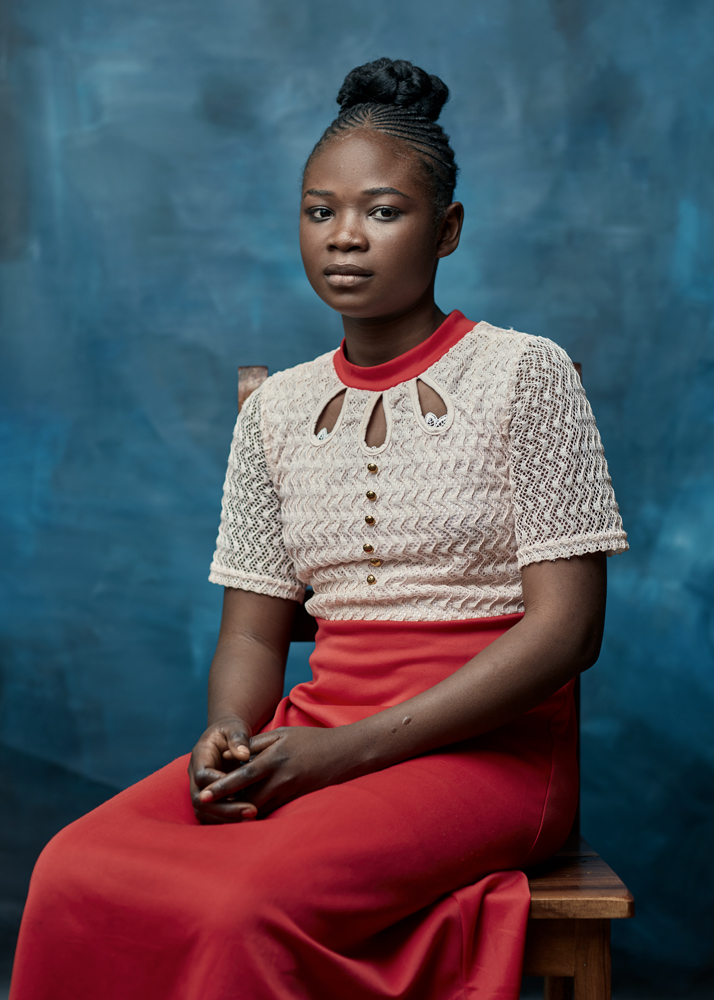
Nicolette ©Barry Harley
Are there any additional exhibitions planned? Or perhaps, a book?
BH: Yes, we would love to have more exhibitions in the future here and in other countries. A book would be tremendous for this project. It shed some needed light on the situation and show some of the solutions.
